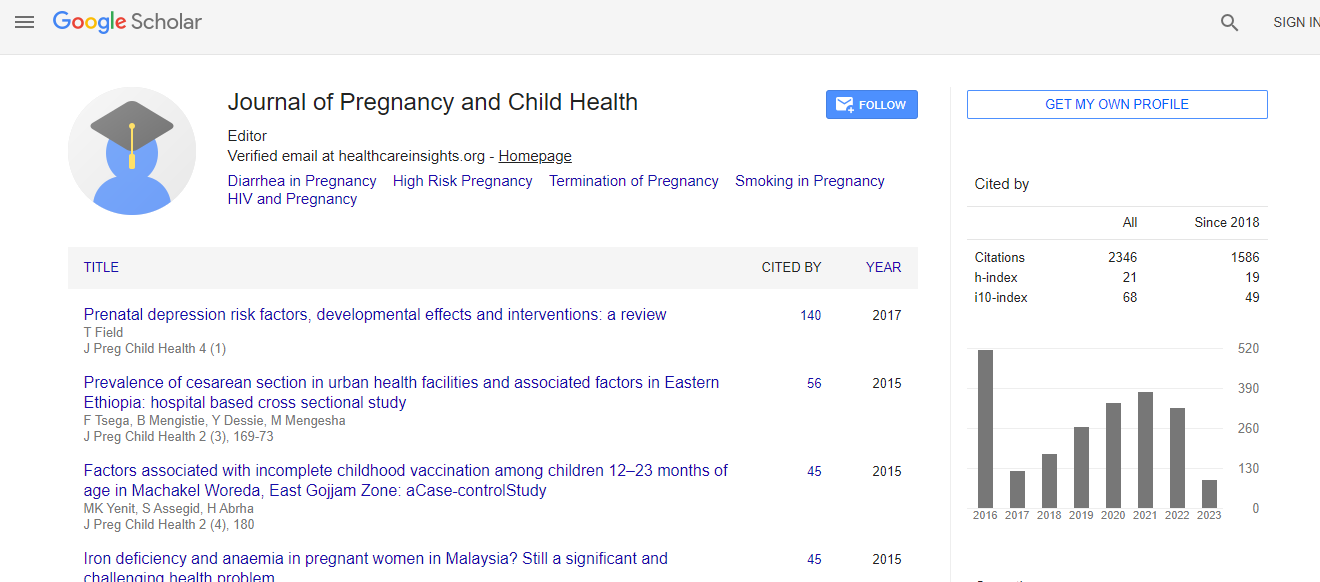Research Article
The Efficiency of Auto Transfusion by Intraoperative Blood Salvage in Ruptured Ectopic Pregnancies with the Tanguieta Funnel
Salifou K1, Obossou AAA1*, Sambo TE2, Aguemon ACT3, Hounkpatin BIB3, Amankaye I1, Sidi IR1, Vodouhe MV1, Hounkponou ahouignan NMF1 and Denakpo JL31Department of Mother and Child Heath, University of Parakou, Benin
2Department of Surgery, University of Parakou, Benin
3Department of Health Sciences, University of Abomey-Calavy, Benin
- Corresponding Author:
- Awadé Afoukou Achille Obossou
Obstetrician- Gynecologist, Assistant Professor
Faculty of Medicine
University-Assocated Hospital of the Departement of Borgou-Alibori (CHUD-BA)
Parakou, Bénin
Tel: +22995853279
E-mail: awadefr2000@yahoo.fr
Received date: August 09, 2017; Accepted date: August 24, 2017; Published date: August 31, 2017
Citation: Salifou K, Obossou AAA, Sambo TE, Aguemon ACT, Hounkpatin BIB, et al. (2017) The Efficiency of Auto Transfusion by Intraoperative Blood Salvage in Ruptured Ectopic Pregnancies with the Tanguieta Funnel. J Preg Child Health 4:345. doi:10.4172/2376-127X.1000345
Copyright: © 2017 Salifou K, et al. This is an open-access article distributed under the terms of the Creative Commons Attribution License, which permits unrestricted use, distribution, and reproduction in any medium, provided the original author and source are credited.
Abstract
Introduction: The Tanguieta funnel is a device used for intraoperative blood salvage in the abdomen in order to perform an auto transfusion in the context of ruptured ectopic pregnancies (EP) management. Developed in Saint Jean de Dieu Hospital in Tanguieta, it is the subject of this study whose objective is to describe the efficiency of this method in three pilot hospitals in Benin. Materials and method: It is a retrospective, descriptive and multicenter study which was carried out over a period of 5 years and it took place in three hospitals among which two teaching hospitals and a faith-based one. Results: Out of 38,252 deliveries, 567 cases of EP were identified that is to say 1.48%. Among these EPs, 337 cases were ruptured (59.4%) and among the ruptured EPs, 205 (60.8%) underwent an intraoperative auto transfusion. The rate of intraoperative blood salvage was 25% on average for the three centers. This rate was more than 75% for 28% of patients. Auto transfusion by intraoperative blood salvage was completed by homologous blood transfusion in 5.4% of cases. On admission, 45.9% of patients had a rate less than 7 g/dl as against 5.4% after auto transfusion. Hemoglobin was 6.7 g/dl on average on admission. The average hemoglobin at the 12th, 48th and 72nd post-operative hour was respectively 7.2 g/dl, 8.3 g/dl and 8.5 g/dl. In the post-operative period, 100 cases (48.8%) of anemia, one (1) case of fever, one (1) case of acute pulmonary Edema, one (1) case of state of shock were identified. Two (2) cases of death that is to say 0.97% of patients were mentioned in our study. The average length of hospital stay was five (5) days. Conclusion: The results are reassuring with the use of this autotransfusion technique after blood salvage by filtration and without lavage.

 Spanish
Spanish  Chinese
Chinese  Russian
Russian  German
German  French
French  Japanese
Japanese  Portuguese
Portuguese  Hindi
Hindi 
